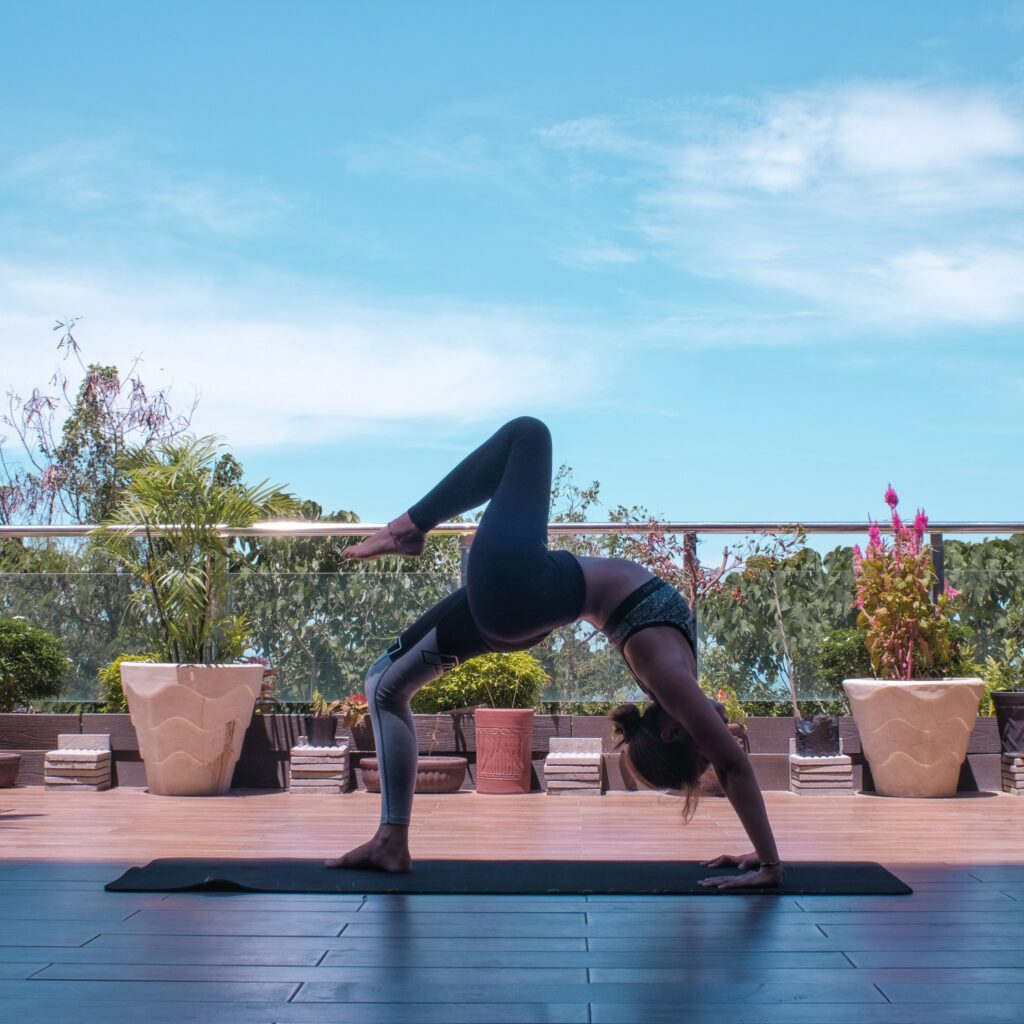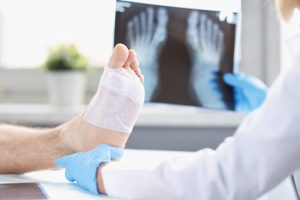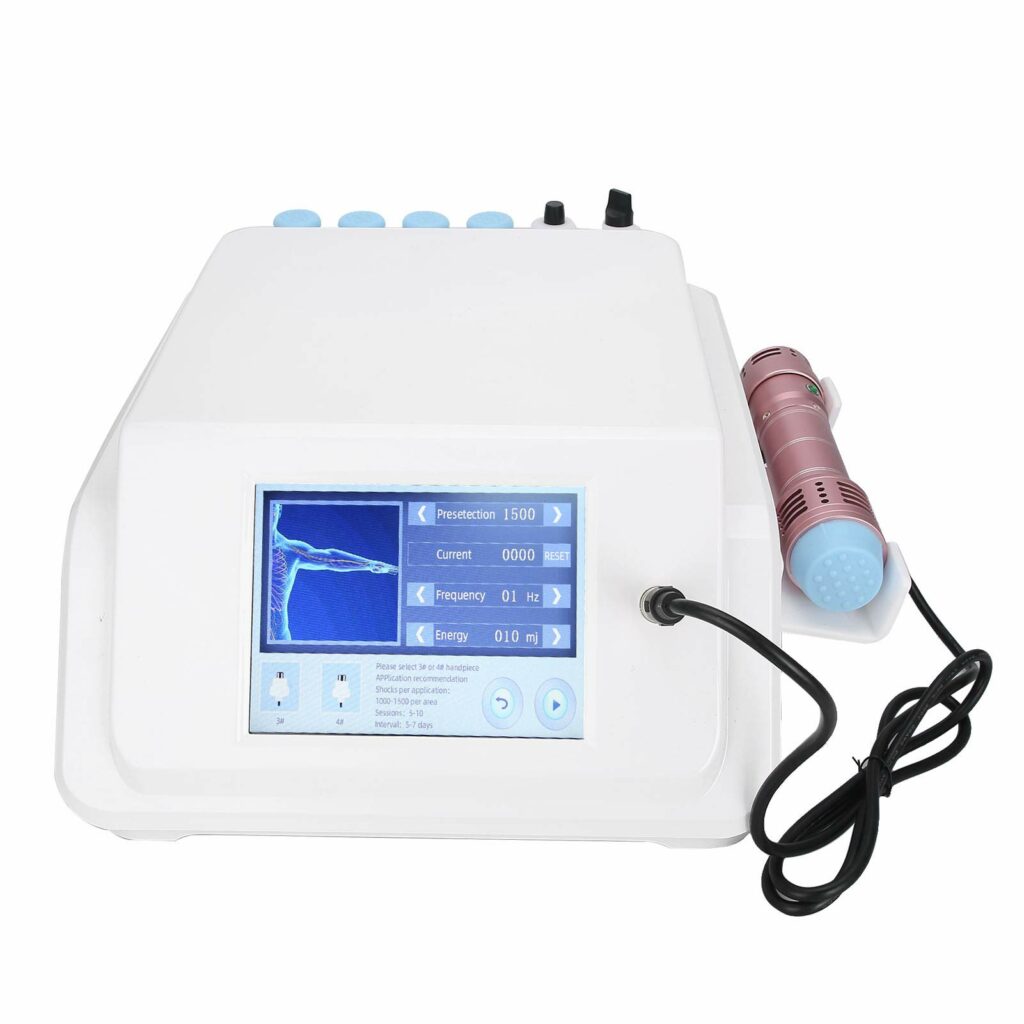Fungal nail infections thrive in warm and moist environments, like showers, locker rooms or even in ill-fitting shoes. These pesky fungi can easily infect toenails and spread them to other nails or even the skin around your feet.
Lunula uses two beams of laser light to both damage the fungus and help your body clear it. It’s a painless, walk-in, walk-out procedure.
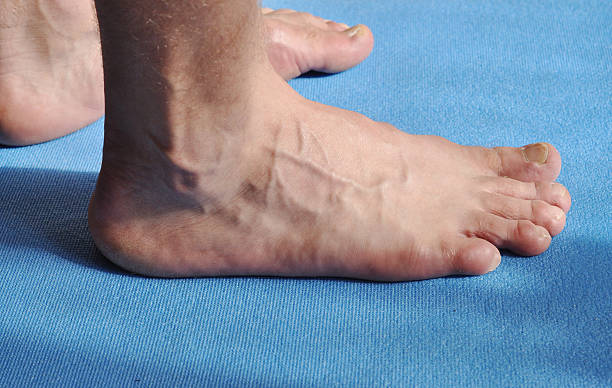
1. It’s Painless
Unlike oral antifungals, which can cause side effects such as nausea and stomach pains, laser therapy for nail fungus is completely safe. It also doesn’t require any downtime, so you can resume your regular activities immediately after the treatment.
In fact, it takes less than an hour for a complete nail fungus laser treatment session. It’s perfect if you have a busy schedule and don’t want to take any time off work.
This innovative technology uses a laser beam to vaporise the fungus that causes toenail infections. A handheld device that emits a particular wavelength of light, called the Noveon laser, uses no heat and targets only the fungus. Its fungicidal effect occurs as the laser light passes through the toenail and reaches the inner tissue.
The Noveon laser has a dual wavelength that projects two different colours of near-infrared light at the toenails to selectively kill fungi, without damaging the surrounding tissues or nail matrix. It’s the most advanced laser therapy currently available for nail fungus.
2. It’s Effective
Fungus is a bacteria that overpopulates in moist environments, such as your shoes and socks. It can also enter your toenails through cracks or cuts. It can be very hard to get rid of, especially since the fungus loves warm and wet conditions. Fungus can cause itching, nail discoloration and a foul smell. It’s a pain to deal with, but you can cure it with a new treatment that’s been proven as effective.
The fungus laser machine uses low-level laser light to kill the fungi in your nails. The fungus nail laser machine emits two different types of laser light; one to destroy the fungus on a cellular level and another to increase blood flow and encourage healthy nails to grow. This is the most advanced laser treatment for nail fungus and it is completely safe to use.
Fungal nail laser treatment is significantly more effective than the toxic oral medications and expensive topical treatments. Oral antifungals like terbinafine and itraconazole are only around 60% effective at best and require multiple months of treatment to work. And even with these, you are likely to see the fungus resurface within 12 months. In comparison, cold laser therapy is painless and has been shown to have a higher recurrence rate reduction than traditional treatment methods.
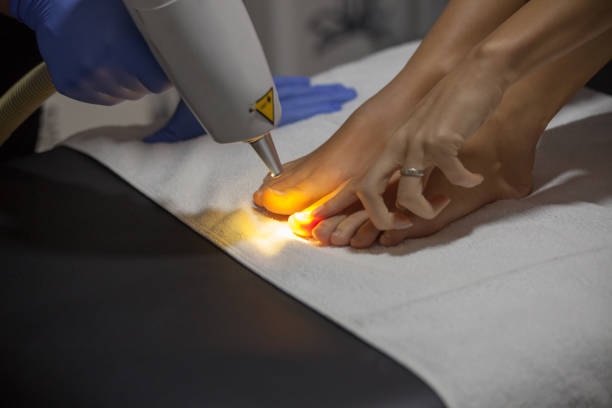
3. It’s Safe
The fungus is vapourised and killed in seconds and the treatment is completely safe for the surrounding skin tissue. It also does not have any of the side effects that are associated with oral antifungals.
In fact, the fungus that causes nail fungus is so hardy that even popular antifungal pills (terbinafine and itraconazole) are only effective less than 50% of the time and carry a risk of liver damage1.
Adelaide Fungal Nail Clinic uses the Lunula Cold Laser treatment to treat fungal nail infections or onychomycosis. The Lunula is the first and only laser nail fungus treatment that is proven to work. The treatment involves passing the laser light over each of your infected nails and is quick and painless. The result is a nice healthy looking nail that will take a few months to grow out and replace the fungus infected nail/s. We recommend that you attend for treatments once a week for four weeks followed by a monthly check up.
The Lunula Laser Nail Fungus treatment is recommended by podiatrists and is a superior option to time consuming nail paints, possible side effects of oral medications and painful hot laser treatments. It is especially helpful for patients who are diabetic or suffer from poor circulation, or are immunosuppressed and at high risk of developing nail fungus.
4. It’s Fast
When fungus is present on the nails it is not only unsightly but also slows down the healing of the nail and can cause pain. This often results in a patient not being as active and the fungus can spread to other toenails and other areas of the foot. Fungus can be difficult to eliminate with oral anti fungal medications as they have serious side effects and the fungus is resistant to them.
Laser therapy has shown to be extremely effective and the Lunula low level cold laser treatment Adelaide is the gold standard in eradicating nail fungus. This device uses two laser beams simultaneously to help destroy the fungus in the nail bed and surrounding skin. The first laser is red (660 nm) which helps to promote healing in the area and the other is blue (405 nm). The blue laser acts directly upon the fungus causing changes in its outer wall and weakening it significantly. This allows the body’s immune system to attack and kill it.
Patients can expect little if any discomfort during the laser nail fungus treatment. There is no need for any anesthesia and this treatment can be done in the comfort of your own home or at clinic. Patients who receive a course of four Lunula laser treatments can expect to have their fungus eradicated and clear healthy nails in about three months.
